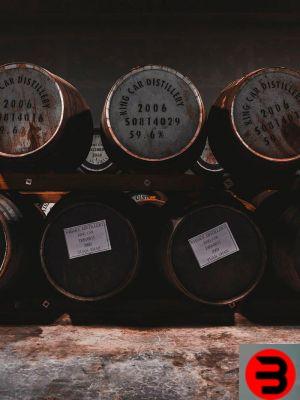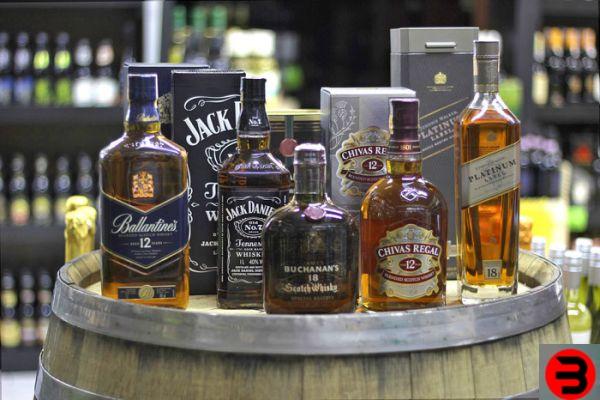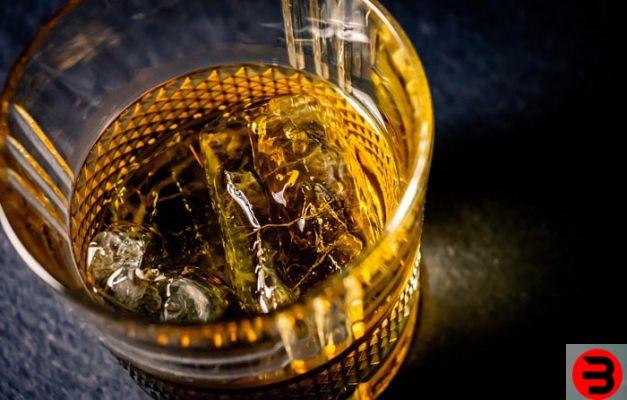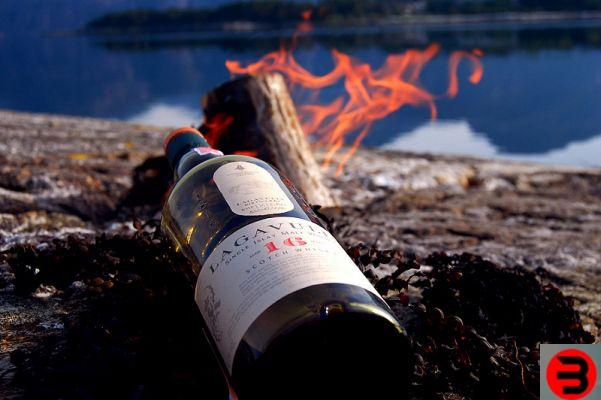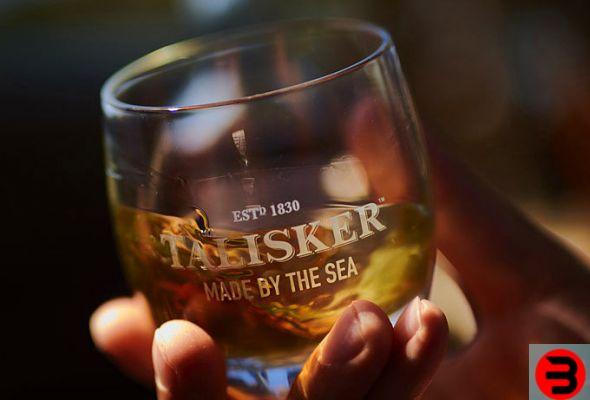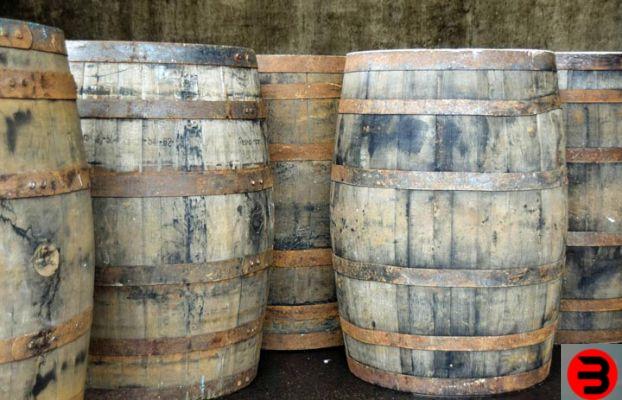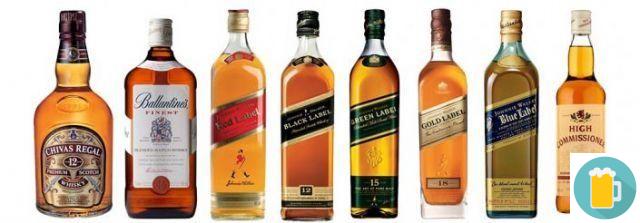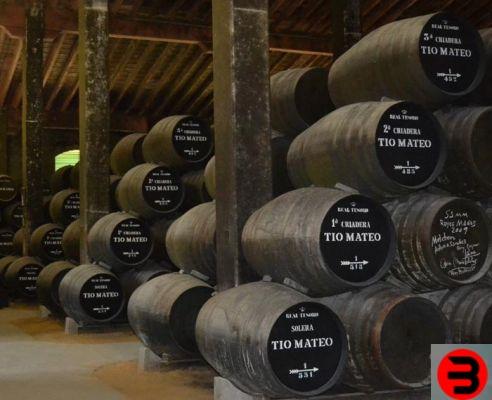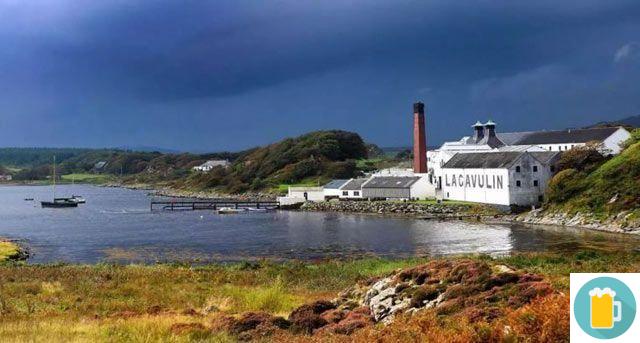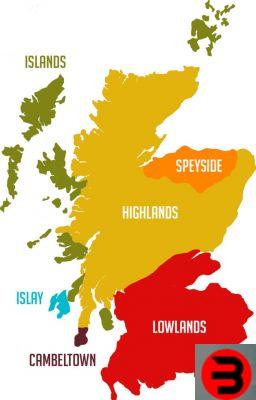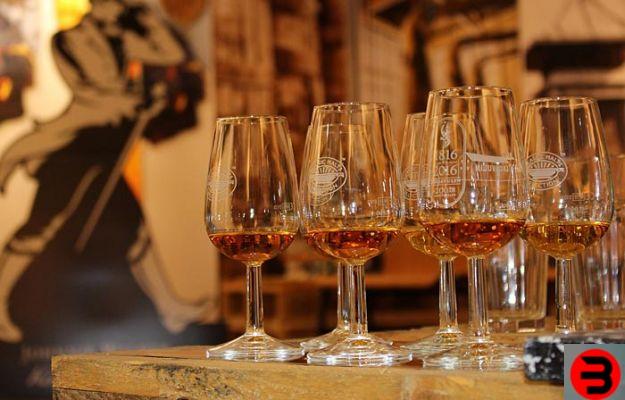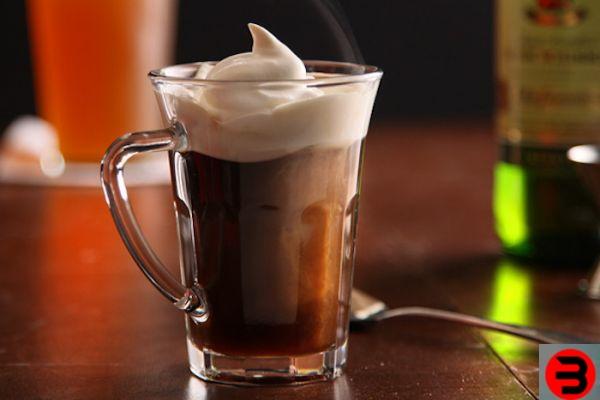
The Scotch Whiskey regions: focus on Speyside
The history and origins of Speyside whiskeys
The Speyside region was the source of the first Scottish whiskey boom.
In August 1822, King George IV made a highly publicized trip to Edinburgh. While there, he discovered illicit whiskey produced in the Glen Livet district of Speyside.
It is not entirely clear which whiskey the king tasted. The distillery that today bears the name "The GlenlivetHadn't even been founded yet.
At the time there were no licensed distilleries in the area. The king has commissioned his royal chamberlain, Lord Conyngham, to secure an escort.
Unfortunately, like most Highland whiskeys, it was not available outside the Highlands.
The king's passion for Scottish Highland whiskey, and particularly the Speyside district of Glen Livet, created a national awareness of the superior quality of Highland whiskeys.
The association of Scotch whiskey with the British monarchy would continue throughout the nineteenth century.
In 1835, William IV granted the first royal mandate to a whiskey producer: Royal Brackla. He declared it his favorite whiskey.
Queen Victoria was also one strong supporter of Scottish whiskey.
He granted collateral to both Royal Lochnagar and Royal Brackla, both Highland whiskeys (hence the designation "royal" in their names), and issued a standing order that all royal carriages should carry a bottle of whiskey under their seat. of the coachman in case of an "emergency."
Speyside whiskey and distilleries today
Speyside distilleries are often ordered by specifying the river they are close to (Spey, Bogie, Deveron, Findhorn, etc.),
Or from the whiskey producing district in which they are located: Bogie, Livet, Deveron, Dufftown, Fiddich, Findhorn Valley, Inverness, Isla, Lossie, Rothes and Strathisla.
This organization is purely geographical rather than stylistic. Although there is a characteristic "style" of Speyside sweet, fruity, floral, the styles of the different distilleries in the same area can vary greatly.
Speyside whiskey styles and characteristics
Speyside whiskeys show classic flavors of honey, vanilla and ripe green fruits such as apples and pears, combining to create elegant whiskeys and sophisticated.
Those that are aged in sherry casks, with age, inhale and absorb the ingrained flavor that remains in that wood and mature to provide a range of nutty fruit flavors and savory spices.
These whiskeys are beautifully balanced between sweet, honey, light caramel notes and floral aromas, but can sometimes (rarely) exhibit a pronounced smoky character as well.
It is not uncommon for adjacent distilleries to offer radically different whiskeys. Balvenie e Glenfiddich, for example, are adjacent distilleries both owned by William Grant & Sons and both use the same water source, but produce two different whiskeys between them.
From Speyside come iconic brands such as Macallan, Glenfiddich e The Glenlivet. These three brands characterize Speyside's distinctive “style” or “pattern”, albeit each of them has very different aroma and flavor profiles.
Light and floral
These whiskeys are crunchy and fragrant. They are excellent as aperitifs with a clean and fresh aftertaste. They often present aromas of ripe, crunchy green fruit, apples and pears with floral aromas and a hint of sweetness.
Good examples of this style include Knockando, Glenlivet e Glen Spey. Glenfiddich 12 has some barrel-aged sherry malt in its blend, but it would also fit in this category.
The proliferation of finishes, however, has meant that a distillery's range often extends to other categories.
The Glenlivet Nadurra Oloroso Cask or Nadurra First Fill Oak Cask expressions do not belong to this category.
Fruity and spicy
These whiskeys are from medium corpo.
The fruit flavors are softer, more mature, bordering on cooked. Wood spice is more pronounced with distinctive vanilla and baked spice aromas.
Sweetness is heavier, more like honey and brings out the spicy elements nicely.
If the first category is reminiscent of a bowl of ripe fruit, then this category is more like a baked fruit cake.
Good examples include Cardhu, Cragganmore, Glen Elgin e Glendullan.
Rich and rounded
These whiskeys have deep, rich and sweet flavors.
Fruit flavors emphasize dried fruit and nuts, typically with pronounced sherry notes. They have a noticeable mouthfeel and weight on the palate.
The sherry influence here is unmistakable, although the impact of sherry cask can vary greatly between those expressions that have matured exclusively in sherry casks (Macallan, Glenfarclas, Aberlour Establishment), those that mature only part of the bottling in sherry barrels or have only finishes in sherry barrels (Aberlour, Balvenie, Glenfiddich).
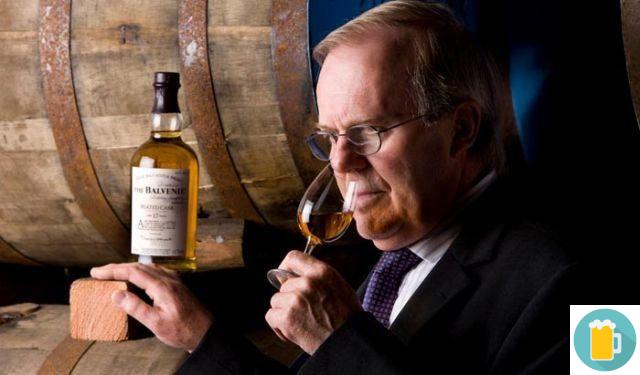
These latter expressions typically use a barrel Fino or Oloroso followed by a sweet barrel of Pedro Ximenez to add a wider range of flavors and more layered complexity (Glendronach).
In some cases, the proportion of sherry malt is increased in older expressions to produce a more pronounced sherry influence (Glenfiddich, Abelour).
Other noteworthy distillers with this house style include Linkwood, see in particular the signatory special bottlings and the expression Pedro Ximenex di BenRiach.
It may interest you: How different types of wood affect whiskey
Full-bodied and full of smoke
This style of scotch whisky it is more typical of the Western Isles and the Highlands rather than Speyside.
Although peat is found in Speyside and has been used there from time to time, its use in the local whiskey industry had largely died out for some time.
However, there are a number of stills that produce peaty expressions in Speyside. Unsurprisingly, these whiskeys feature varying degrees of smoke and peat.
Speyside peat tends to be more dry, earthy and more floral, like a faded potpourri rather than the marine phenolic iodine of Islay and the western Highlands.
See for example Curiositas of BenRiach, Benromach, Old Balatruan of Tomuntoul or the expression Ardmore Traditional Cask.
For Scottish whiskey enthusiasts, Speyside has a lot to offer. The region is the heart and soul of the Scottish whiskey kingdom - there is a lot of history and whiskey here, and both deserve to be explored thoroughly.




